I would like to say that the eggs come pristinely clean from the nests, but they seldom do, even when I put fresh straw in the boxes. The turkey and goose nests are barrels with ovals cut for openings and they have a piece of cemet board for a roof and another peice of plywood for a screen to their entrance, just enough to make them believe they are private. That is essential for nesting. They need to think they have chosen a spot that is safe from predators and prying inquiries.
It is too early really for any to hatch the eggs on this farm since they have no enclosed area in which to rear their young. They do have areas that are protected but not from the elements except in the coop. This year, my plan is to remove the babies as soon as they are hatched, that is from the guineas, the geese and the ducks, because they loose to many to the ravens. The chickens seem best at protecting their babies and keeping them out of harms way, so I will attempt to have the chickens hatch and raise the ducks and goslings this year and see what happens. Some babies, I think I will have to brood, or at least eclose the mothers until the babies are big enough that the ravens and hawks leave them alone. Last year, there were about 80 ducklings hatched all in a couple of days, and in the first day, over half of them were eaten by predators. The dogs do not seem to bother with the ravens, likely because the chickens fly as well.
The goose eggs that are too early, such as these, go to the Easter egg painters, particularly the Ukrainian egg artists. These two goose eggs are already spoken for. I sell the goose eggs for $5 each at this early stage. They may have gotten too cold to be viable for hatching, but they could certainly be eaten or blown out for decorating.
The turkeys on the farm are cross bred Standard Bronze heritage turkeys and wild turkeys, with little of the wild and more of the bronze. They look quite amazing in the sunlight when their feathers assume a life of their own, shining with hues of bronze, gold and brass in the sunlight. They lay a large speckled egg. The eggs, like all eggs, are white and the second to last function is to lay down colour on the egg, prior to the bloom, which protects the egg from bacteria and keeps the moisture in so it does not dehydrate, yet is porous enough so the chicks can breathe. It is really very amazing!
I am grateful for the birds on the Fat Ewe Farm. Given that I was truly phobic and terrified of all birds, even the tiniest sparrow or hummingbird, when I first arrived, I have evolved and conquered my fears with much effort and steel of will. I can pick up a turkey or a goose and am not in the least bit afraid. Only going into a coop where there are roosters and hens flying at me, is the last of my hair raising fears, and I am conquering that too, thanks to the Fat Ewe Farm birds. These initial eggs are being sold as hatching eggs and the excess are going to be used to make dog biscuits. Great stuff, really. Ewe ought to try some.

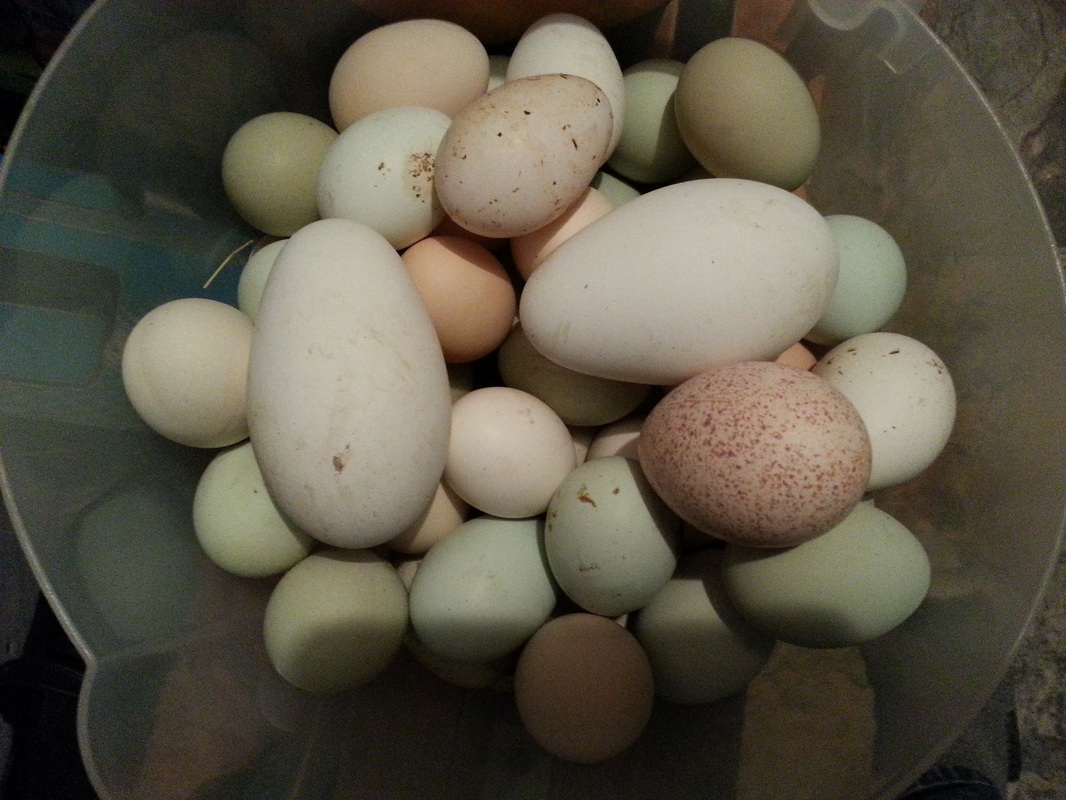
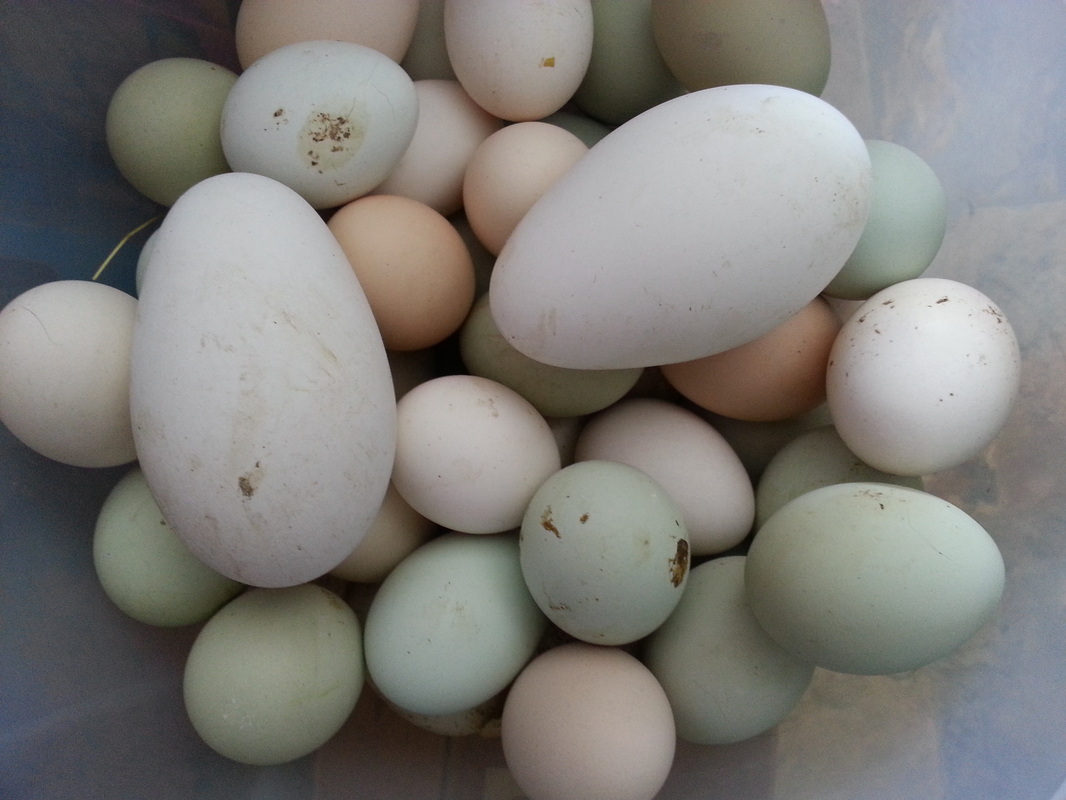
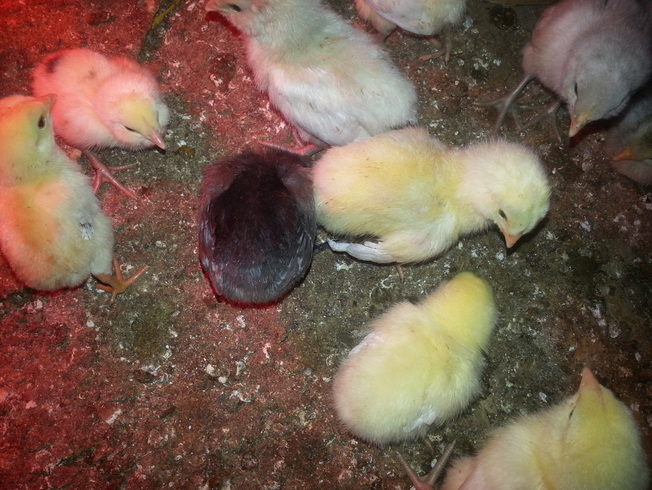
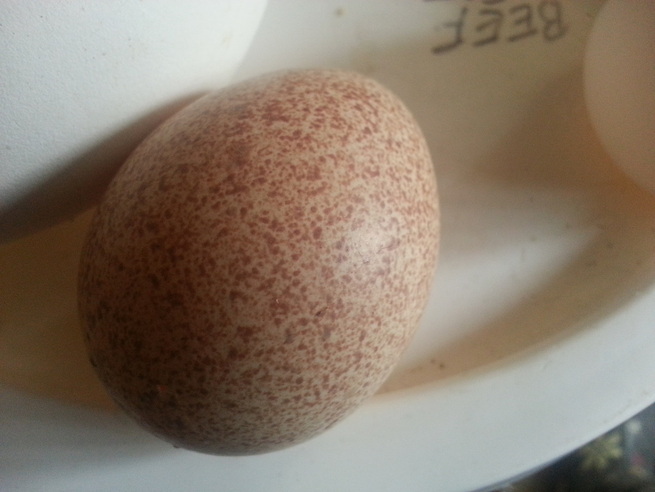
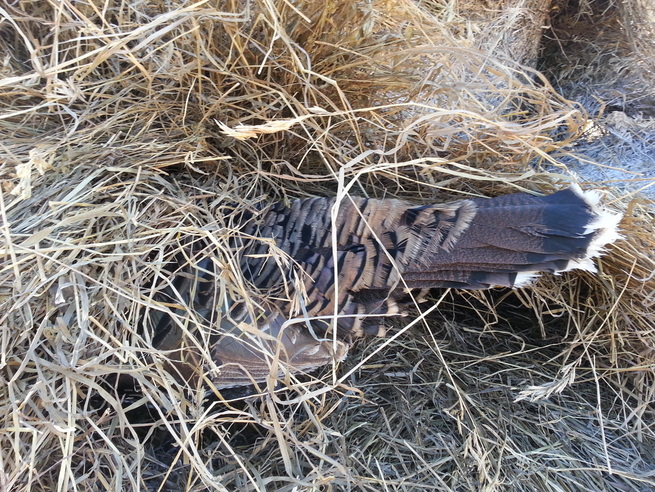
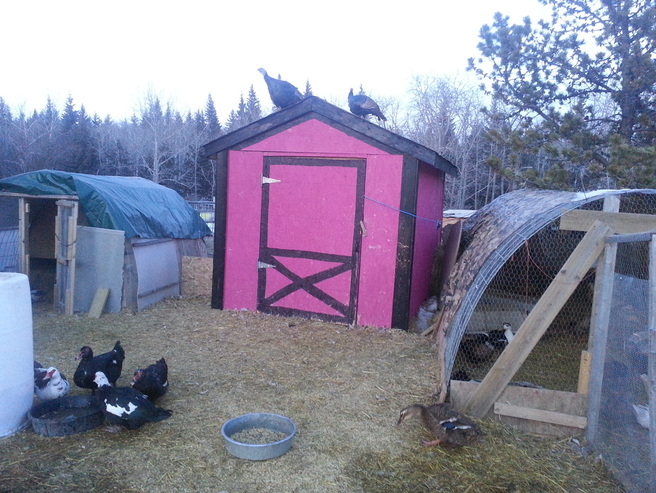
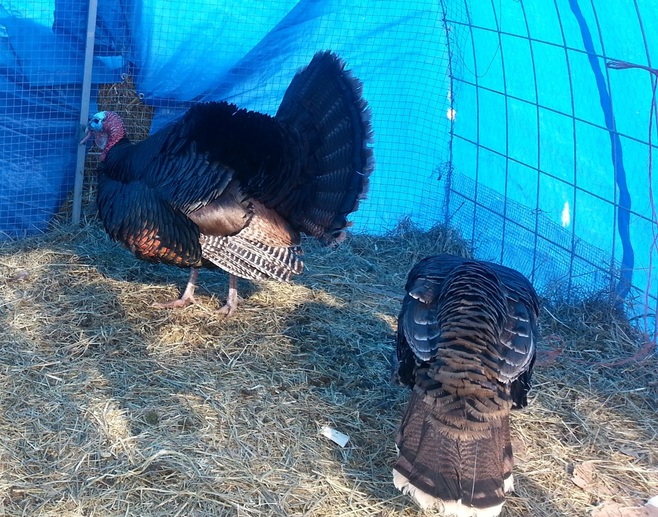
 RSS Feed
RSS Feed